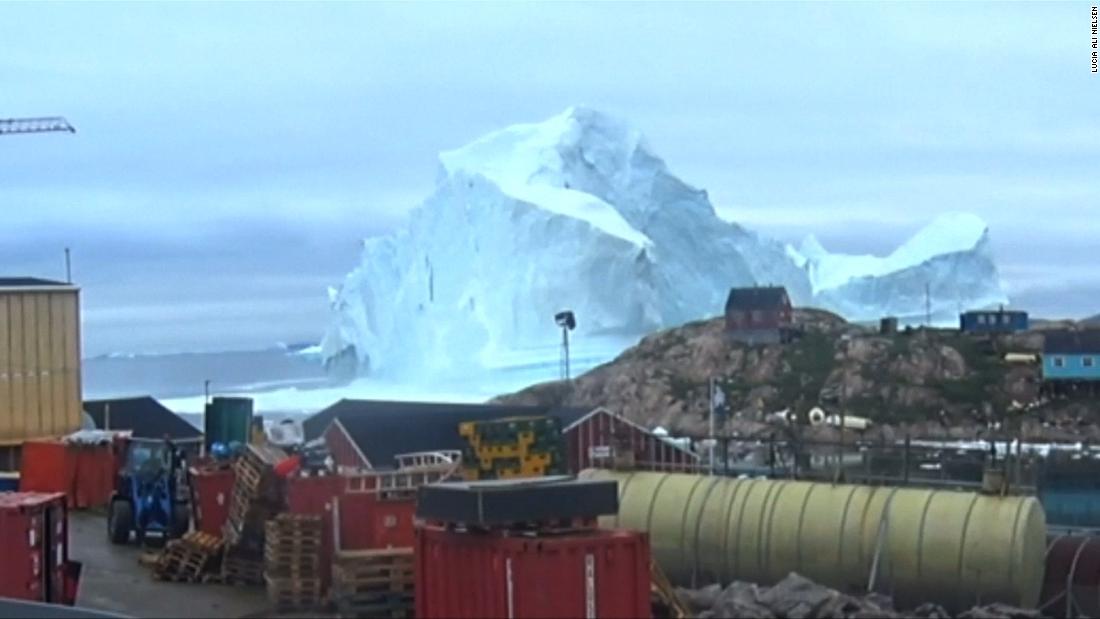
The enormity of A-76, which broke away from Antarctica's Ronne Ice Shelf, ranks as the largest existing iceberg on the planet, surpassing the now second-place A-23A, about 3,380 square kilometres (1,305 square miles) in size and also floating in the Weddell Sea.Īnother massive Antarctic iceberg that had threatened a penguin-populated island off the southern tip of South America has since lost much of its mass and broken into pieces, scientists said earlier this year. state of Rhode Island is smaller still, with a land mass of just 2,678 square kilometres (1,034 square miles). That makes it three-quarters the size of P.E.I., which has an area of 5,660 square kilometres, and larger than Spain's tourist island of Majorca in the Mediterranean, which occupies 3,640 square kilometres (1,405 square miles). Its surface area spans 4,320 square kilometres (1,668 square miles) and measures 175 kilometres (106 miles) long by 25 kilometres (15 miles) wide. The newly calved berg, designated A-76 by scientists, was spotted in recent satellite images captured by the Copernicus Sentinel-1 mission, the space agency said in a statement posted on its website with a photo of the enormous, oblong ice sheet.

(Copernicus Sentinel data (2021)/ESA, licensed under CC BY-SA 3.0 IGO)Ī giant slab of ice has sheared off from the frozen edge of Antarctica into the Weddell Sea, becoming the largest iceberg afloat in the world, the European Space Agency said on Wednesday.

This animation uses images from the Copernicus Sentinel-1 mission and shows the giant slab of ice breaking off from the Ronne Ice Shelf, lying in the Weddell Sea, on.

The world’s largest iceberg, dubbed A-76, has calved from Antarctica.


 0 kommentar(er)
0 kommentar(er)
